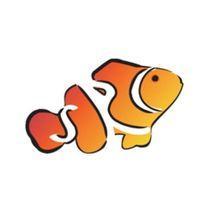[DISCUSSION] Starting your first marine tank. Overview to plan your equipment and budget (Part 1)
-
Similar Content
-
Topics
-
Latest Update
-
33
-
-
0
PREMIUM ZOAs FOR SALE
Some premium zoa frags for sale. Pls pm tele @ WKY74 to enquire further, if keen. 1) Ultimate Space Monster $180pp 2) God Beast $240pp 3) KD Big Bird with Kermit $160pp 4) GB Golden Leopard $220pp 5) Predator $100pp 6) Little Shop of Horrors $80pp 7) Stratosphere $80pp 8) AOI $30pp 9) Nightmares $30pp 10) GMK $30pp 11)exosphere $30pp Sent from my iPhone using Tapatalk -
33
-
19
WTS/WTT Thick Branched Pulsing Xenia
Up! Sent from my iPhone using Tapatalk
-







Recommended Posts
Join the conversation
You can post now and register later. If you have an account, sign in now to post with your account.